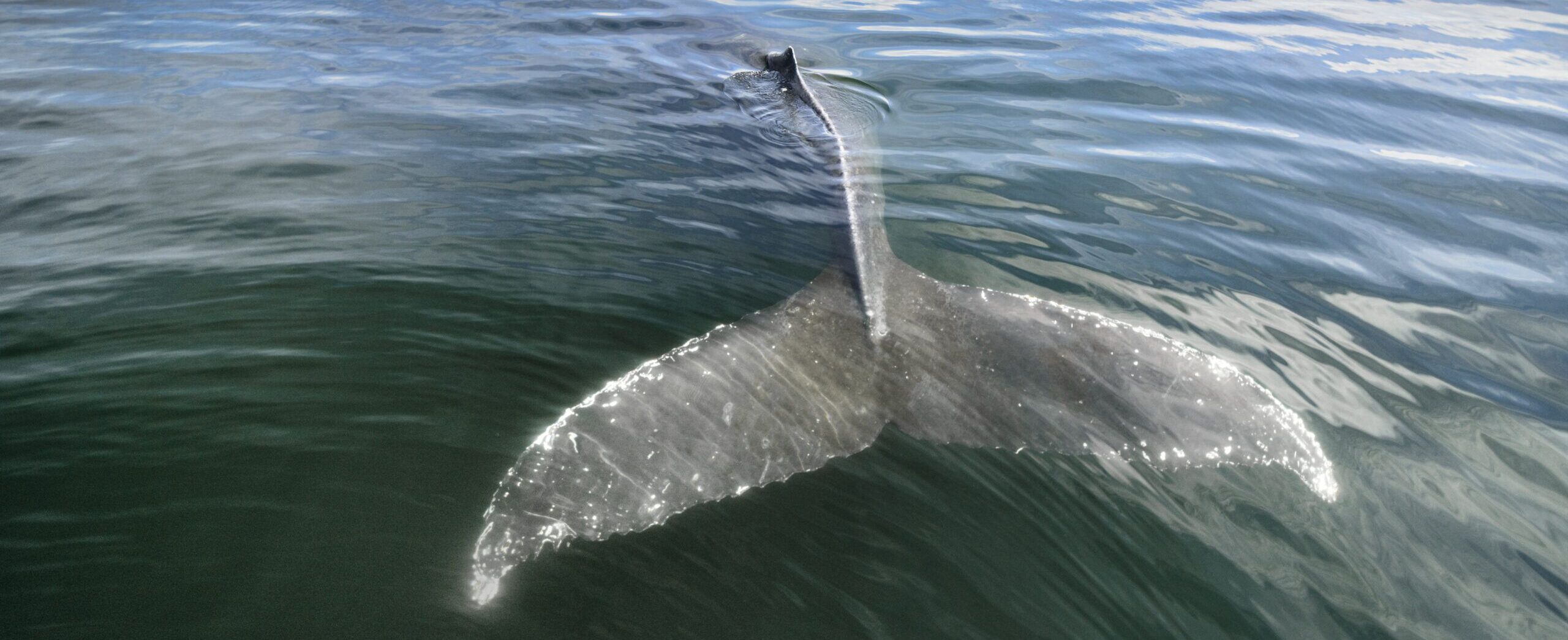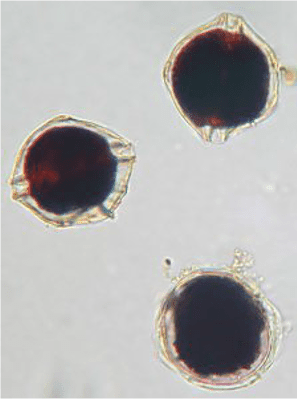Harmful Algae in the Strait
Plankton, including the microscopic “grass” of the sea (phytoplankton) and the tiny animals that feed on them (zooplankton), are composed of many different species. Some of these are harmful to marine life and humans, even though they are often only a small part of the total plankton community. In BC waters, Harmful Algae Blooms (HABs) regularly cause severe economic losses through finfish and shellfish mortality and shellfish harvest closures.
The most important species of harmful algae in BC waters are:

Chaetoceros convolutus and C. concavicorne
Two species with long setae (spikes) that can be harmful to fish gills when present in large numbers.
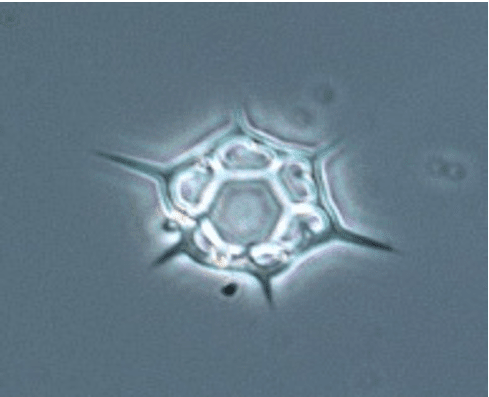
Dictyocha spp
A silicoflagellate which is toxic to fish.
Dinophysis spp
A dinoflagellate that produce toxins causing diarrhetic shellfish poisoning (DSP).
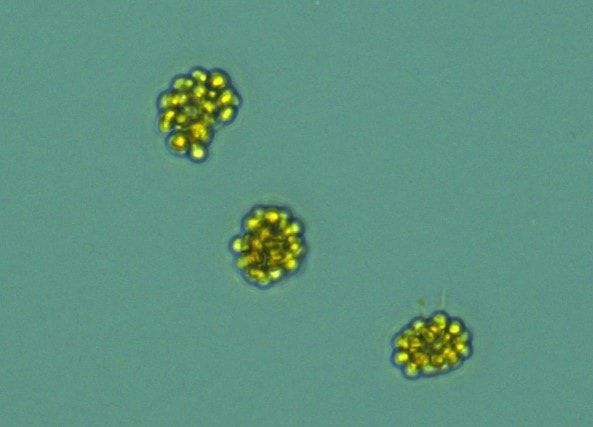
Heterosigma akashiwo
An ichthyotoxic raphidophyte, this species is an important source of salmon and herring mortality and probably the most prominent fish-killing algae in the world.
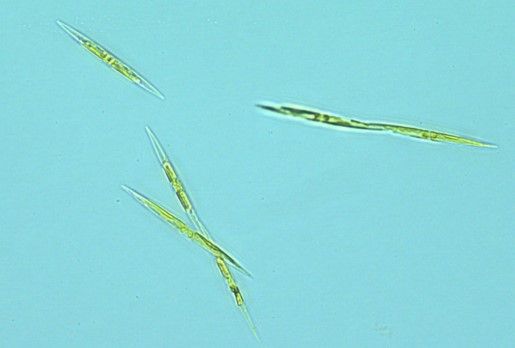
Pseudo-nitzschia spp
Some species in certain conditions produce a neurotoxin (domoic acid) that causes amnesic shellfish poisoning (ASP). Although it is not generally considered a problem in the Strait of Georgia, the CitSci program started to enumerate this species in 2018.
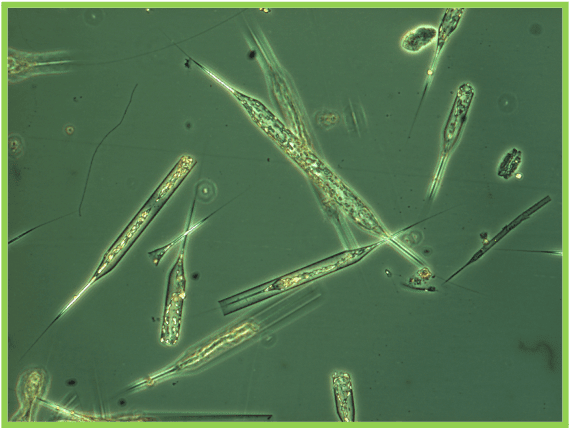
Rhizosolenia setigera
A centric diatom with long, needle-like spikes that can clog fish gills when present in large numbers.
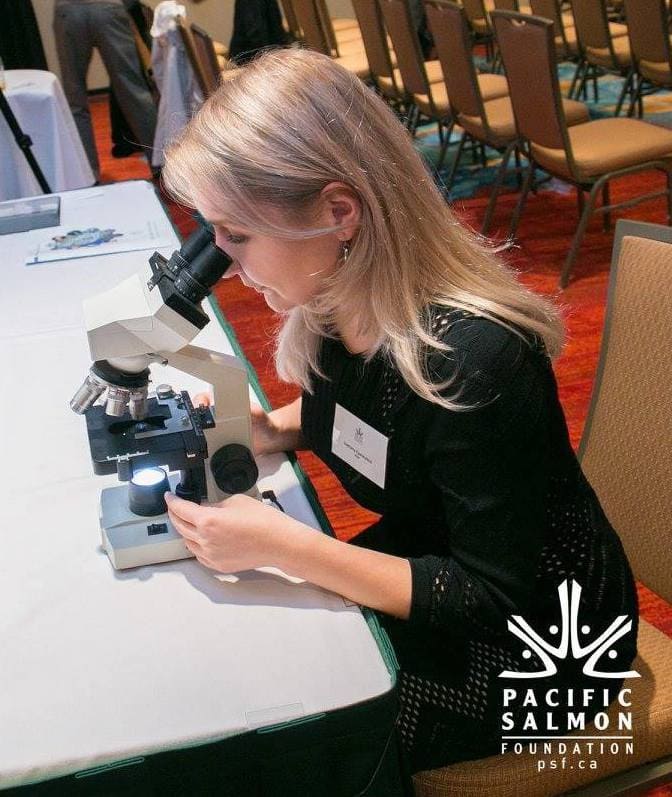
Our Methods
Surface seawater samples for phytoplankton analysis are collected with a Niskin bottle (or directly by submerging the sample container) at each station, with additional water samples from 5 metre, 10 metre, and 20 metre depths being collected at one station (Busy) per patrol in the same manner as the nutrient samples. Once collected, samples are immediately preserved by adding Lugol’s iodine solution (final concentration in the sample 1–2%).
Samples are then visually examined by an analyst using a compound light microscope to characterize the types of phytoplankton present; the limitations of optical methods limit this to species larger than about 10 µm in size.
Phytoplankton analysis follows a method developed by the Harmful Algae Monitoring Program. Species are identified to the lowest taxonomic level possible based on morphology. The dominant species or group in each sample are enumerated (reported as cells mL-1), in addition to all species that are known or suspected to have a negative effect on finfish and shellfish in BC.
Our Data
The Citizen Science Oceanography Program team has worked on processing their data to answer a number of research questions. They have produced figures displaying mean near-surface conditions for the Strait of Georgia since 2015, summarizing thousands of stations and showing seasonal and inter-annual changes in the biomass of primary producers in the Strait. The team has also plotted maps of the different species at the location of the measurement and produced time series plots for each species, at each location, for all years.
Click here to learn more about harmful algae, their methodology, and to acces the figures. Click here to access the data.
References
- Harmful Algae data are available at our data portal..
- Esenkulova, S., Frederickson, N., Pearsall, I., 2022. Human dimensions of the Citizen Science Oceanography Program operated by the Pacific Salmon Foundation, Canada. Harmful Algae News 71, 15-16
- Esenkulova, S., Pearsall, I., 2019. Citizen Science oceanography in the Strait of Georgia, Canada – an overview of five years operations. Harmful Algae News 63, 12-13.
- Ecology of Alexandrium spp. in the Strait of Georgia, British Columbia, Canada, 2015. Esenkulova, Pearsall, Novak, 2017: Harmful Algae News 56, 7-8.
- Observations of Heterosigma akashiwo bloom and associated wild salmon lethargic behavior in Cowichan Bay, Canada, 2014. Esenkulova, Luinenburg, Neville, Trudel, 2014. Harmful Algae News 50, 16-18.
